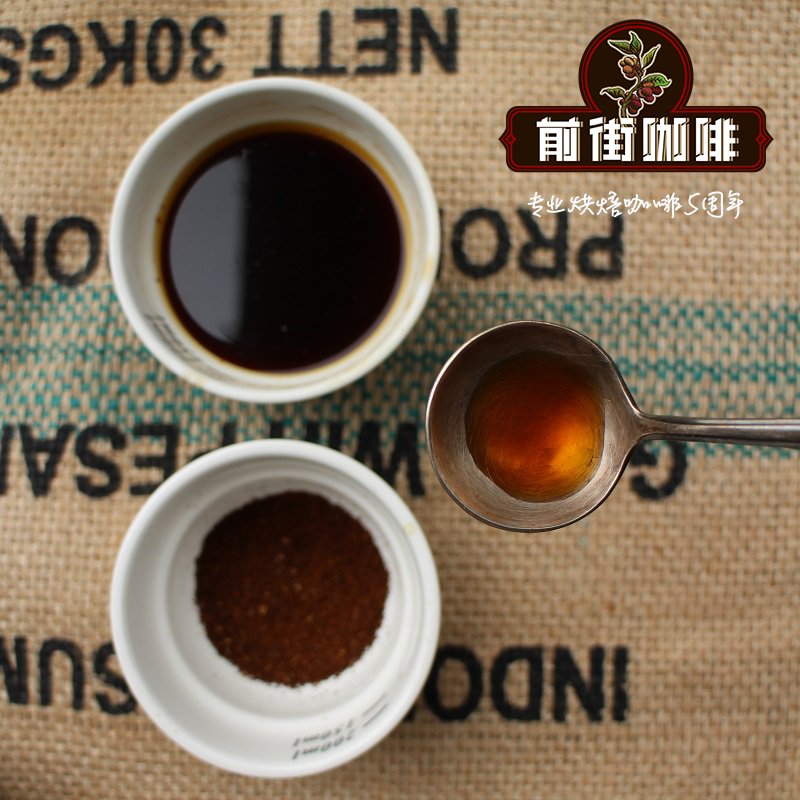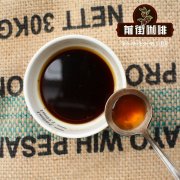Introduction to Coffee in Guixia Village

Professional coffee knowledge exchange more coffee bean information please follow the coffee workshop (Wechat official account cafe_style)
Qianjie Coffee-introduction to the proportion of Rose Summer Village and hand Chong in Ethiopia
The Origin of the Manor in Guoxia Village
In 2007, documentary director Adam Overton and photographer wife Rachel Samuel came into contact with the Gera Coffee Forest in the Banchi Maji region while shooting a documentary about Ethiopian coffee for the Ethiopian government, and in the process they came up with the idea of building their own coffee estate and brand.
In 2009, they were lucky enough to meet the famous mule owner and BOP judge Willem Boot, and Willem Boot's idea provided an opportunity for the Overton couple to return to Ethiopia to find the birthplace of Rose Summer.
Finally they came to Banchi Magi, an area in southwestern Ethiopia near South Sudan, where many places are known as the village of Gesha and where primitive roses are most likely to be found.
Adam followed WillemBoot on an adventure in the forest around the manor. In a jungle magically surrounded by a thick forest, he found a variety of wild tree species, and what surprised them most was to find the wild rose summer.
Later they learned that this was the place where the rose species were first found in the Gori Gesha forest. So they collected seeds from native rose trees, screened them, and planted them in Rosa Village. They decided to build the estate here and name it Gesha Village Coffee Estate, a 475-hectare coffee farm about 12 miles from the Gori Gesha Forest.
Unlike most Ethiopian farms, Guixia Village is not a small farm, but a 500-hectare farm with its own washing plant and laboratory, and the whole farm only grows Rosa varieties. It is not generally impossible to determine specific varieties of Ethiopian native species.
Coffee varieties in Guoxia Village
There are three varieties in Rosa Village, named after the expedition when the coffee was discovered: Gesha1931 and Gori Gesha and Illubabor provided by the Ethiopian Coffee Research Center.
Gesha1931 is confirmed by observing the shape of the plant, the shape and size of the beans, and its cup test that it is the closest female parent to the Panamanian summer. On the other hand, the Gori Gesha heirloom was collected by the owner of Rosa Village through his own expedition in 2011 from the wild coffee forest of Gori Rosa, 20 kilometers from the village farm, and no duplicate samples have been found elsewhere.
From the beginning, the owner of Ruoxia Village went to the forest of Rosa Gori to collect wild Rosa seeds for planting and cultivation. After 7 years of efforts, he continued to extend to the surrounding area to reclaim remote wilderness forests. The coffee farm of Rosa Village, which covers an area of 471 hectares, was born in this woodland.
In fact, unlike most Ethiopian farms, Guixia Village is not a small farm, but a 500-hectare farm with its own washing plant and laboratory, and the whole farm only grows Rosa varieties. It is not generally impossible to determine specific varieties of Ethiopian native species.
Hand punch
V60 filter cup, water temperature 90 ℃, grindness BG-5R (60% pass rate of Chinese standard No. 20 sieve), powder / water ratio 1:15, stage extraction. The respective flavors are as follows:
[Golden Standard] it smells of fermented wine, with soft acidity of citrus and strawberries on the palate, nutty, creamy sweetness and sugar in the middle, strawberry jam and lemon aromas when the temperature drops.
END
Important Notice :
前街咖啡 FrontStreet Coffee has moved to new addredd:
FrontStreet Coffee Address: 315,Donghua East Road,GuangZhou
Tel:020 38364473
- Prev

What kind of coffee does Blue Mountain Coffee belong to? the relationship between taste and brewing of Blue Mountain Coffee
Professional coffee knowledge exchange more coffee bean information please follow the coffee workshop (Wechat official account cafe_style) front street coffee-Jamaica Blue Mountain Coffee, brewing and sharing Jamaica is an island country in the Caribbean, located in the northwest of the Caribbean, is the third largest island in the Caribbean after Cuba and Haidi Island, and the capital Kingston is the seventh largest natural deep-water port in the world.
- Next

Introduction to the skills of making coffee by hand 15g how much water to make it correctly
Professional coffee knowledge exchange more coffee bean information please follow the coffee workshop (Wechat official account cafe_style) Front Street Coffee-Panamanian Hartman Coffee hand to share hand-brewed coffee gourmet ratio practical parameters [heavy taste] 1 10 grams of coffee 11 (milliliters of black coffee), that is, the golden cup standard of 1Ze12.5 coffee 1purl 13.5 (beans weigh more milliliters than raw water) [moderate taste] 1:1
Related
- Beginners will see the "Coffee pull flower" guide!
- What is the difference between ice blog purified milk and ordinary milk coffee?
- Why is the Philippines the largest producer of crops in Liberia?
- For coffee extraction, should the fine powder be retained?
- How does extracted espresso fill pressed powder? How much strength does it take to press the powder?
- How to make jasmine cold extract coffee? Is the jasmine + latte good?
- Will this little toy really make the coffee taste better? How does Lily Drip affect coffee extraction?
- Will the action of slapping the filter cup also affect coffee extraction?
- What's the difference between powder-to-water ratio and powder-to-liquid ratio?
- What is the Ethiopian local species? What does it have to do with Heirloom native species?

